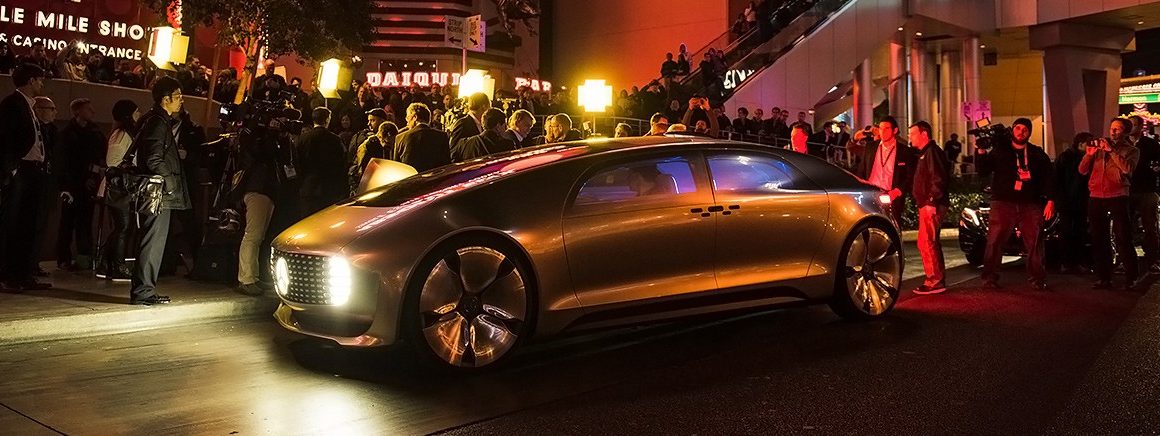I attended the Consumer Electronics Show (CES) for the first time this year in Las Vegas and was in awe of the size and number of industries touched by the tech products on display. 2016 was the most expansive CES to date; more 2.47 million net sq. ft. of exhibit space with over 170,000 in attendance, 30% from outside of the USA.
Letv are replacing luxury car instrument panels with digital touch screens #CES2016 pic.twitter.com/MVfN63J7j2
— James (@jamesaSYD) January 9, 2016
While it’s impossible to cover everything (and probably not advisable to read everything covered) here is a quick snapshot of 5 key trends I took away from the exhibition floor:

- Car makers are becoming technology companies: At CES2016 there were 9 auto makers exhibiting and 7 electric-car announcements. A decent chunk of floor space was reserved for the auto industry as technology becomes a more important (and valuable) aspect than the engine. A wide array of technologies were on display with special mention to; Nvidia’s deep-learning AI software designed for pedestrian avoidance; digitising of dashboards in Aston Martin cars from Letv (see above); Faraday’s Future’s underwhelming and overhyped concept car and Mercedes Benz F015 luxury autonomous car.
- You’ll probably own more than one tablet for different things: 2016 will see an emergence of new tablet categories. While we used to think about it as one tablet designed for everything, we’re now seeing high-end tablets designed for specific purposes with the belief that consumers are willing to own more than one. Special mention to Lenovo’s Yoga Tab Pro 3 with built-in Pico projector, mini-sound bar with Dolby Atmos and dual battery design for a whopping 10milliamps output. I’ve been using one for the last 3 weeks and it’s a fantastic entertainment and presentation tablet. The perfect Netflix Binge companion, just in time from Netflix’s CES announcement of launching in over 100 countries.
- Virtual and Augmented Reality (finally) arrive with apps to follow: You’ll actually be able to buy a VR headset this year! Not just a developer or beta version — Oculus announced a March ship date with a $599 USD price point with a 100 games and the lines to demo them were huge (more than 2 hours!). Meanwhile, there were huge lines for the lower end Samsung Gear VR in their ‘4D’ Cinema. I also got try on a few other VR headsets from China and recently announced ODG R7 Smart Glasses which are already shipping to US military — what applications exactly they wouldn’t tell me. I also got to see a great content demos from VR startup, Vrse.
- Drones are becoming more than just flying cameras: While the major use case is still flying cameras I saw other examples from drone manufacturers, the number of which too has exploded. Special mention to the first passenger drone from Chinese startup, Ehang, and IDJ which continues to be leader in the space.
- Wearables don’t need tiny screens to be useful: It turns out you don’t need a tiny screen to have a useful wearable device as startups find ways to avoid the huge costs involved with manufacturing mini-supercomputers. Cue the concept Wena smartwatch and Korean startup, TipTalk––both of which integrate a mechanical face with the smarts built in the band; vibration alerts, activity tracker and in TipTalk’s case, a microphone with sound-induction chip that turns your finger into a speaker! Intriguingly, both watches were concept products accelerated by the respective companies innovation programs.
Big thanks to Lenovo Australia for inviting me along to CES. Intrigued to know whats your biggest takeaway from CES? Tweet me (@jamesaSYD) or comment below 🙌


Aussies at #CES2016! At the Aiploy booth, object recognition app for the blind, w talented @maritacheng & team ✌🏼️🇦🇺 pic.twitter.com/v2nlpfGvn4
— James (@jamesaSYD) January 10, 2016





